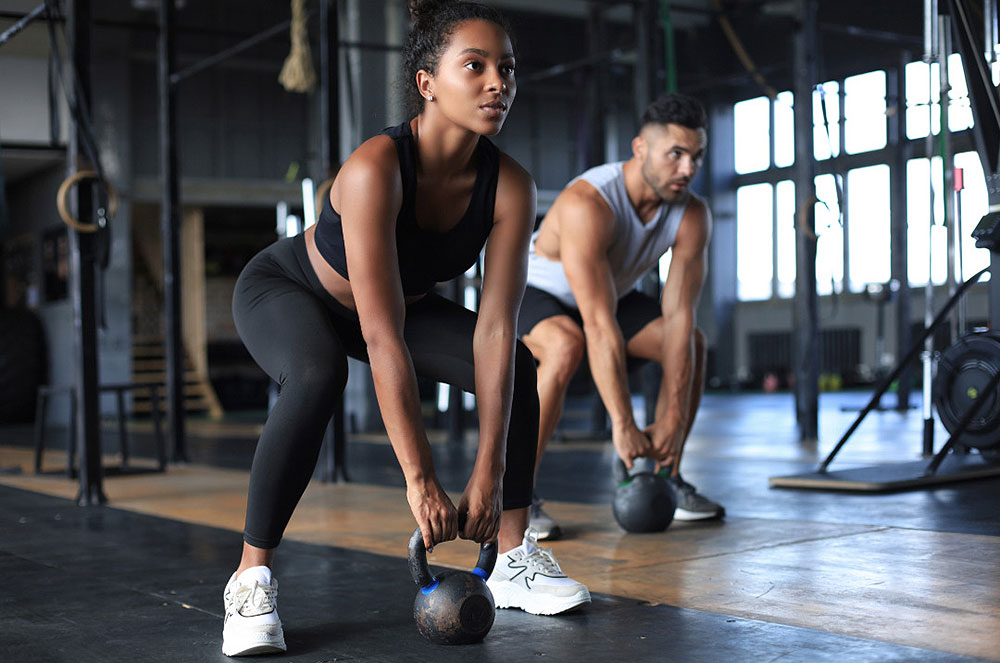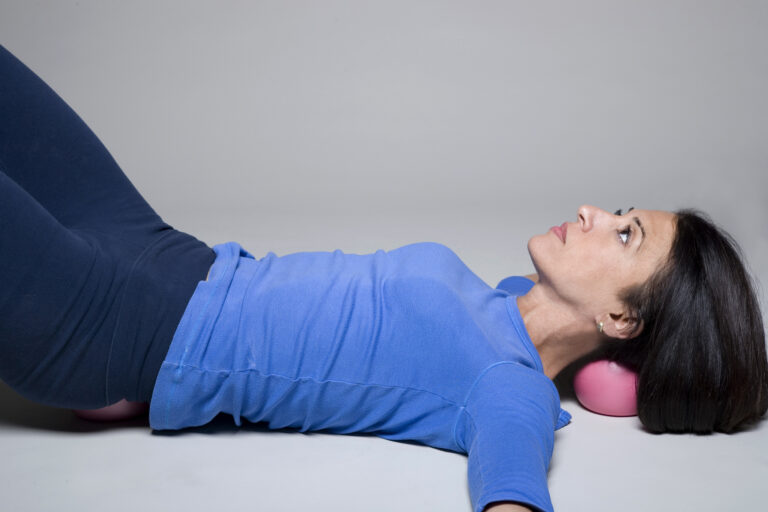What Is a Strong Body?
We each have a different idea of what a strong body is and how we get there. For some of us, it feels so far out of reach that we don’t even try. For others, strength means working out very hard — even if we’ve become “wounded warriors,” fighting off chronic knee pain, backaches, and stiffness.
What is your definition of a strong body?
I remember when my son was 20 and extremely strong. He hadn’t worked out in a couple of years, so I bought him a few sessions with a personal trainer. The trainer took one look at him and gave him an extremely rigorous workout. My son had a bad reaction — his arm muscles became painful and inflamed, and he never went back for the second session.
Whether you see yourself as a couch potato who’s never exercised, or someone once very strong but now stuck at a computer for hours, it’s not movement alone that changes the body. It’s how you experience movement. The way a trainer looks at you might not reflect what you want. Be clear about your goals. Trust that your body can guide you, and it will become your ally — not your enemy.
Listen to Your Body First
Whether you’re taking tennis lessons, going for a walk, or even training for a marathon, there’s endless information on “what’s best” for your body. Some of it is helpful; some won’t fit how you want to get strong. The good news is, you can still get there — hopefully without the injuries that seem to plague so many people.
Go gradually and listen to your body. Don’t fall for every fad promising flatter abs or rapid calorie loss. For example, when I had the flattest abs of my life, I had never done traditional crunches — which often thicken the waist and stiffen the neck. Think of small children: their abs are usually flat, and they certainly aren’t doing crunches in the living room.

Many people resist the idea of going gradually, thinking it’s too elementary. But moving gradually gives your body time to share essential information — like where tension lives and what areas aren’t working to full potential.
For example:
- Many of us move with stiffness in our hips and shoulders.
- We hold our breath.
- We lock our knees.
The biggest problem? Most of us don’t realize we’re doing it. And if you don’t know, how do you fix it?
Do It Differently
Think of exercise as an experiment. Scientists test a few variables and don’t always know the outcome. Approach movement the same way.
Be open to noticing:
- Are your knees pointing inward?
- Do your shoulders round forward?
- Do you hold your breath?
The more you notice, the easier it becomes for your body to adjust and help you.

Many of our habits come from childhood — imitating parents, classmates, or even high school coaches. As adults, we often carry those same patterns. Instead of forcing the body into “strength,” try noticing what’s really happening first.
How Can the Miracle Ball Method Help?
We all want strength, but we have to bridge the gap between where we are and where we want to be.
There are three key parts to working with your body:
- Know how you move. This isn’t intellectual. Trainers, teachers, and coaches are valuable, but looks can be deceiving. Start slowly, notice how your body responds, and learn where you carry excess muscle tension.
- Listen to your Body feedback. Do your knees ache after a workout? Are you icing your feet? That’s valuable information — not failure.
- Go gradually. The slower pace allows your body to adapt and reset so you can keep going back for more.
The Miracle Ball Method is a way to bring your body back into balance between workouts. It’s not about “letting go” or “relaxing” in the vague sense, though it may feel that way. Instead, it helps release long-held habits so your body naturally resets.
When those habits shift, movement changes. Everyday actions like walking, reaching, or bending become easier. That’s when you can really “play the instrument” of your body — whether swinging a golf club, working out, or simply enjoying movement.
People often mistake what I teach for a relaxation method or a way of doing less. In reality, it’s the opposite: the Miracle Ball Method has allowed me to do so much more than I could have imagined. By undoing the habits that kept me stuck, my body found balance and strength I didn’t know was possible.
When your body goes to the right place, strength follows naturally. From there, movement becomes not only easier but deeply enjoyable.


